Browsing fine jewellery on the internet can be fun and at the same time engaging too. With innumerable designs and diamonds and coloured gemstones available out there, exploring jewellery can be truly indulging. However, when it comes to buying precious jewellery for yourself or someone you love, things are not as easy as they appear to be. While most of the attention is drawn towards the design and the stone’s cut, carat and quality, there’s one aspect of the jewellery that goes unnoticed – it is the stone’s setting. As insignificant as it appears to be, the setting of the stones actually plays a major role in the design and wearability. One such classic setting of all times is the prong setting. To know more about this setting, read on…
What is a Prong Setting?
As the name suggests, the mounting comprises two or more ‘prongs’ or ‘spikes’ to hold the stone in place. A perfect prong setting secures the gemstone just around the crown and doesn’t cover its table facet. This type of setting is not only versatile but also considered as one of the most secured and cheaper settings. And you don’t have to stick to just one classic style. There’s a variety of prong settings to suit your style, each having a unique feel and functionality. Let’s take a look:
Different Types of Prong Settings:
1) Round Prong Setting
This is the most common style of prong setting. The rounded prongs clasp a portion of the girdle and the crown of the gemstone, giving a snug fit. Diamonds and gemstones in various sizes and shapes can be secured with round-shaped prongs.
2) Claw Setting
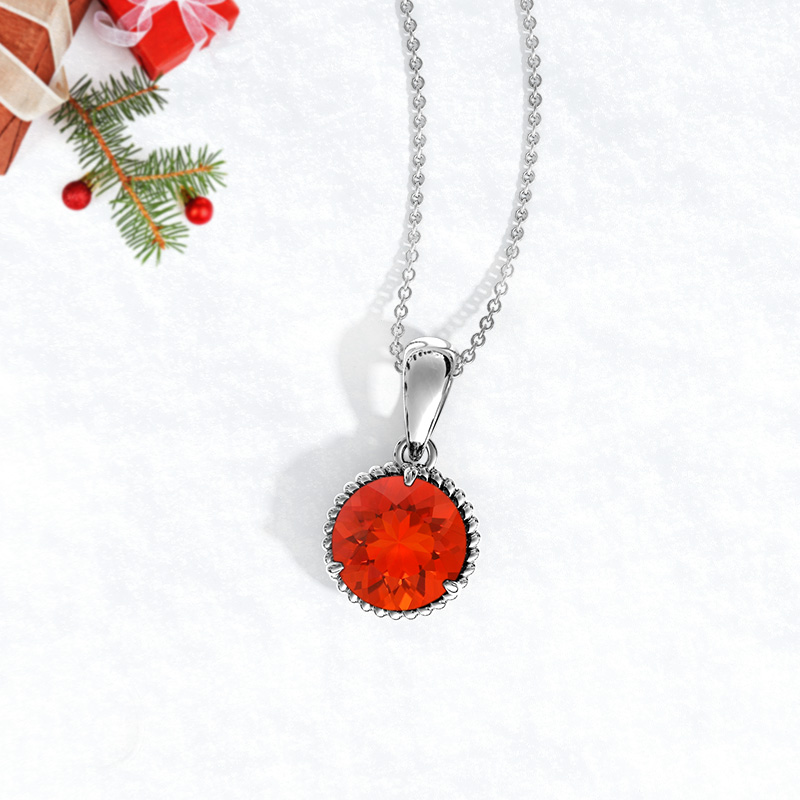
The pointed tips of a claw setting or claw prong setting give a sleek look and show off the gemstone even more. Claw prongs have a classy appearance and are often found in vintage-inspired designs.
3) Double Claw Setting
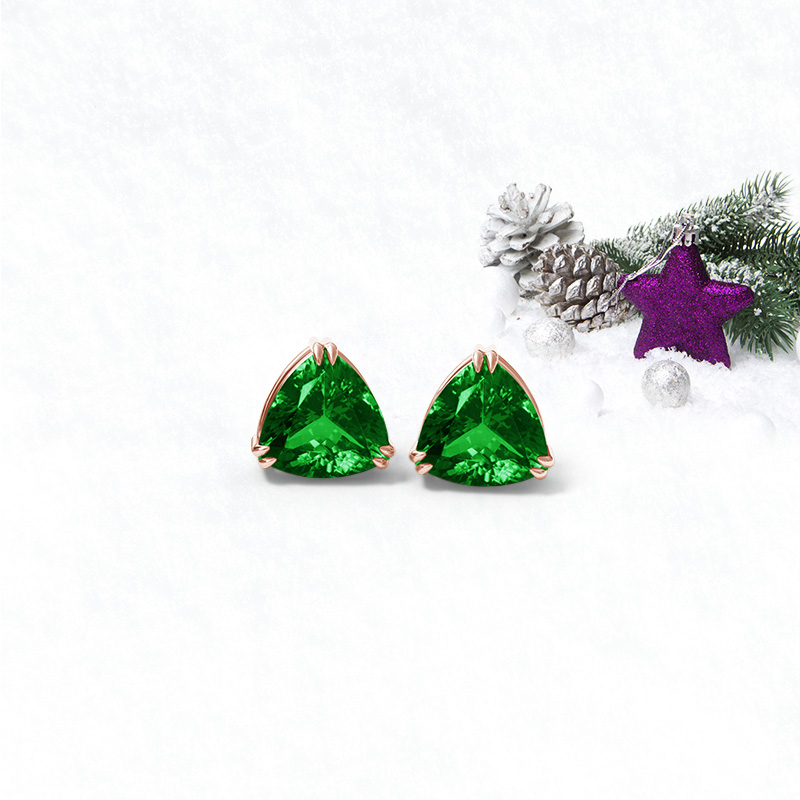
A variation of the claw setting, the double claw setting gives a more secured fit to bigger gems, with a touch of old-world vibe. If you want to do away with the extra metal in solid rounded prongs, this is a great choice. The double prong setting is yet another variation of the double claw setting and works great for those who don’t mind the extra metal on the setting.
4) V-Prong Setting
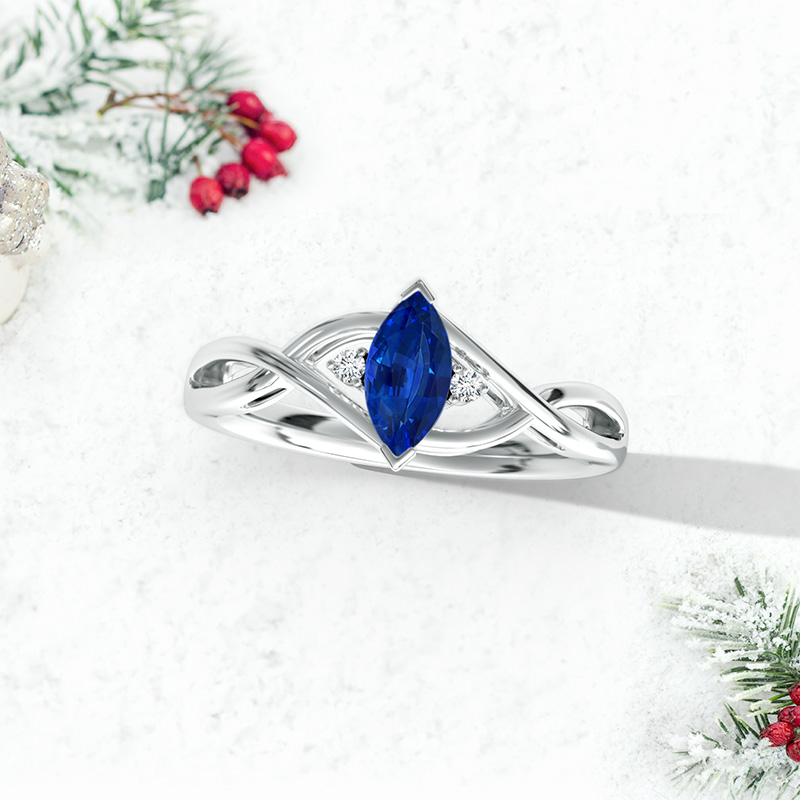
For fancy shapes such as heart, marquise and pear, the V-prong setting helps prevent the gem’s pointed tips from chipping. It also adds an extra element of beauty to the design and blends seamlessly with the gemstone’s contours.
5) Flat Prong Setting
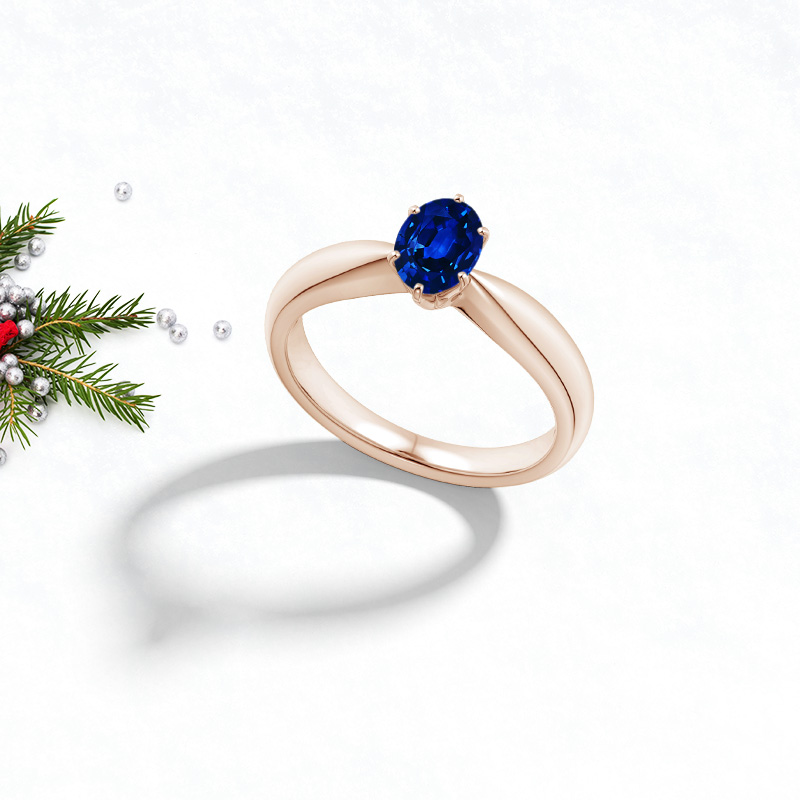
Unlike other prong settings, the advantage of a flat prong setting is that it is less prone to snagging on clothes and loose threads. On the flip side, the flat tab prongs show more metal than the usual round-shaped prongs and are less elevated from the shank. This setting gives an exotic look to the ring and is recommended for emerald-cut stones.
6) Shared Prong Setting
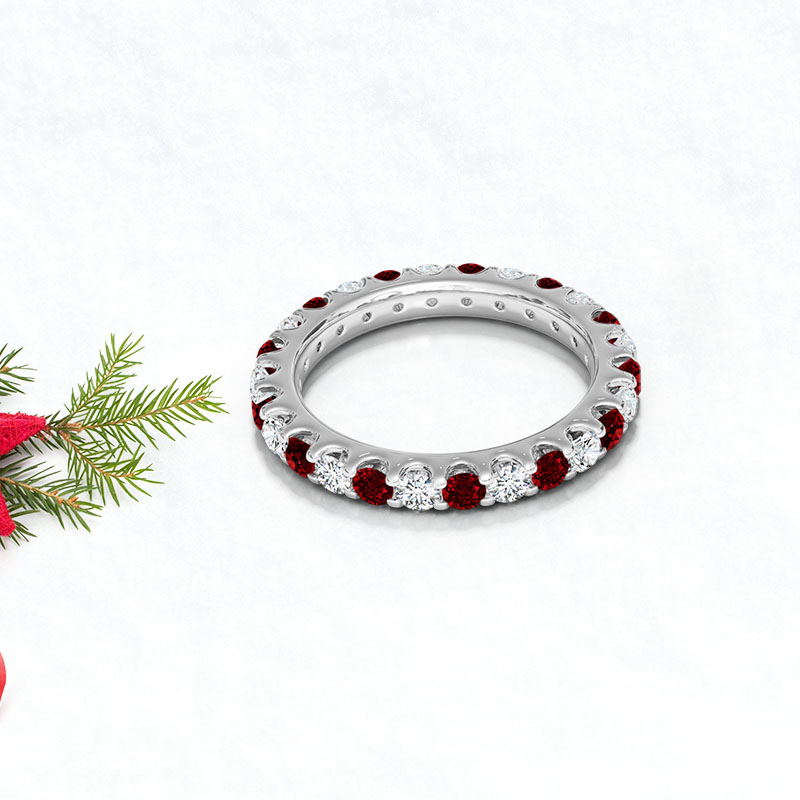
Especially used for setting halo diamonds or to cover an eternity band, shared prongs involve minimum use of metal. This meticulous setting looks neat and makes the smaller stones appear more sparkly, without overpowering the overall look with unnecessary metal.
7) Unique Prong Setting
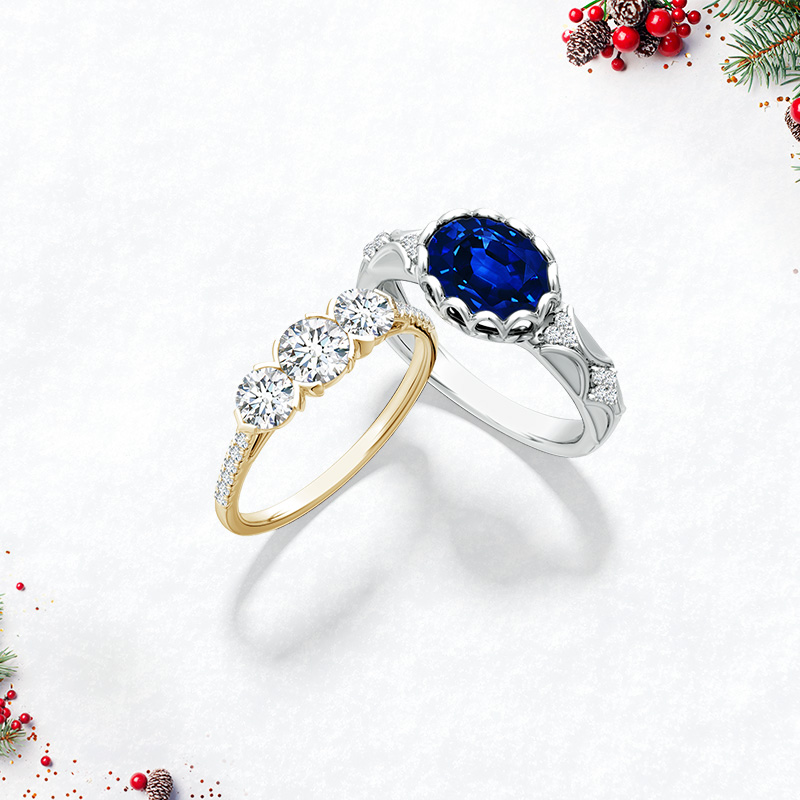
Apart from the above-mentioned styles, prongs do come in decorative shapes to complement the design of the jewellery. For example, scalloped prongs, multi prongs and unique prongs are sometimes used for added flair and beauty.
Pros and Cons of the Prong Setting
The Advantages:
- In a prong setting, a minimum amount of metal is used and the maximum surface of the gemstone is exposed for light to pass through. This amounts to enormous brilliance and sparkle. No wonder a diamond shines brighter in a prong setting! Also, the cost involved in this type of ring setting tends to be lesser as compared to other stone settings, solely due to the minimal presence of metal.
- Prong-set jewellery pieces are easier to make. The prongs can be raised or lowered, depending on the design of the ring and the size of the stone. Moreover, this setting can be used to mount any diamond or gemstone of any shape, any size.
- Displays the centre stone better than any other setting. As the metal is barely visible in a prong setting, all you see is the stone and its allure from every angle.
- Prong-set engagement rings, bands and other accessories are easy to clean and maintain.
The Disadvantages:
- If the prongs are loose, poorly made or improperly set, they are likely to catch on hair, loose threads, clothes and other materials.
- Prongs require a regular inspection as they wear out and loosen with time. Stones can fall out if the worn-out prongs are not tightened or re-tipped in time.
- The exposed girdle or pointed corners of a prong-set stone are vulnerable to chipping and damage from hard blows.
Prong Setting vs Other Settings
1) Prong vs Pave
- Like the prong setting, pave setting also involves prongs or metal beads to hold diamonds in place. However, the metal beads in a pave setting are tiny and are used to secure melee diamonds. This type of intricate stone setting requires precision and excellent craftsmanship.
2) Prong vs Channel
- Channel setting is not very versatile but gives a peculiarly refined and sophisticated appearance. It works well especially with smaller stones and is rarely used to set a centre stone. Round or square stones are closely secured within the grooves or the lips of the channel, forming a beautiful linear pattern. This is a more secured mounting style that doesn’t snag on hair or linen. But the stones are not fully displayed as they do in a prong setting.
3) Prong vs Bezel
- A bezel setting doesn’t highlight a stone like a prong setting but offers stability and durability. Those with an active lifestyle and constantly on the move will find this modern setting suitable. The bezel or the metal rim surrounds the gem and secures its edges from chipping and hard impacts. Like the channel setting, it doesn’t get caught in hair or clothing.
4) Prong vs U-pave
- In a U-pave setting, the metal is notched with a deep or shallow U-cut, displaying a beautiful wavy look from the sides. The stones are nestled within these U-cut grooves, whereas in a prong setting, they are simply held by rounded or pointed spikes.
5) Prong vs Basket
- The only difference between a traditional prong setting and a basket setting is that there is an extra horizontal strip of metal that surrounds the gemstone. It creates a ‘basket’ shaped frame and reinforces the entire setting. Basically, a basket setting is a more secured version of a classic prong setting.
As you can see, every mounting style has its own distinct charm and advantages. In the end, what really matters is that the setting and desi gn you choose should suit your requirements. So, browse through our creations and pick your favourite – you are going to have a stunning piece nonetheless. At Angara, every piece is crafted to perfection and you’ll get nothing but the best. Have questions about your next purchase? Get in touch with our jewellery experts at 1-844-527-4367.




























